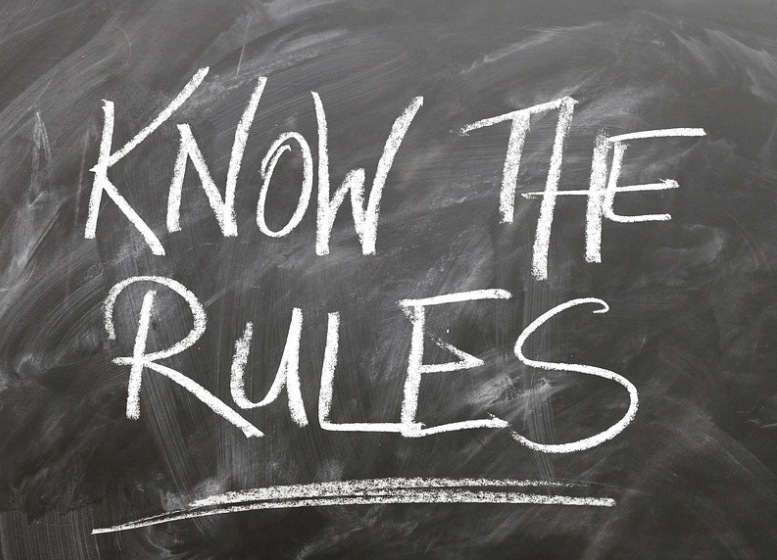
Seeing Through The AI Fog
By Kevin Gidney, co-founder and CTO, of legal AI company, Seal Software*.
Seal Software began working with customers back in 2010 in what was then a fledgling part of the market – analyzing contracts using artificial intelligence (AI) technologies. In fact, Seal was the first platform within the contracts and legal AI space to use combined machine learning (ML) technologies to perform complex extraction and analysis of clauses.
Since those pioneering times, Seal has continued to be in the vanguard, driving advancement and innovation within the contracts and legal AI market. That spirit continues with Seal as the first company in the legal technology market to open the discussion about how AI and blockchain have the potential to change the game in contract analytics and the legal profession writ large.
Technically Speaking, Market Confusion
These technologies are gaining momentum so it is unsurprising that competition is building, with many new companies entering the market. It is also of no surprise that increased competition leads to confusion and doubt in the market as new entrants try to find their way way and their voice in a world of competing visions.
As is the case with any expanding marketplace, the noise is amplified and customers can lose perspective on where leadership and innovation reside. Naturally, we see this as an opportunity to reiterate many of the founding principles and innovations behind AI-driven contract analytics and discovery, and which continue to define the Seal platform.
This includes natural language processing (NLP), both predictable and statistical based (Bag of Words, Word2Vec, Taxonomies, Rules). It also includes, in terms of artificial intelligence, core methodologies such as machine learning, support vector machines, maximum entropy, decision trees, latent semantic indexing and classification, and finally convolutional neural networks with long short-term memory.
Active Learning, a model that selects the best examples for an oracle to review, allows the system to learn at the optimal rate. An AI platform, especially one that focuses on the contract corpus of law firms and the legal profession, is also built on rules-based decisions and format detection, business process management (BPM), and regular expressions within Java.
We believe that these principles, which are just some of the more than 15 methods used within the Seal platform to detect, extract, filter, action and review information, also represent the table stakes that define a true AI platform itself. And, given our legacy and unique perspective as a pioneer, we have and continue to define what this means to the industry.
Not All Rules Are the Same
One of the methods that seems to cause some confusion in this new marketplace for AI products, is rules. Again, we have a vantage point that can help allay some of this confusion and also illustrate where Seal Software has established leadership in the implementation of these key artificial intelligence concepts.

In addition to this model, Seal uses rules to generate a taxonomy and NLP information-space regarding documents. Rule-based NLP is totally predictable and 100 percent accurate when it matches. It allows the system to perform functions such as validation and normalization, as with analysing dates, and this in turn allows external systems to use the data that are detected as text within reports and processes.
Extractions are only useful if they can be used within other processes. This can be seen with our enterprise analytics applications, where Seal extracts the terms from within the physical contracts and then normalizes this to allow data from other systems to be compared. By doing this companies and organizations, especially enterprises, are saving millions on renegotiations of payment terms, or lease agreements.
Combining Methods of Extraction
The teaching aspect of the Seal platform is another area of importance in understanding the baseline innovation. A subject we often hear discussed in the legal AI space concerns the ML methods used, and how one machine learning method is considered better than another. This is complete nonsense.

The best approach is always to combine multiple methods, as combining allows for the best outcome. One single method will never perform as well as a combination of methods. In our experience, Seal’s support, use of multiple methods and the ability to choose the right combinations set the platform apart.
For example, the addition of deep learning within the long short-term memory layer inside deep neural networks has allowed for significant improvements in the detection and classification of text and speech, companies working in this area have noted an estimated 7 percent increase, where previously they had managed yearly between 1 and 2 percent.
Another example is a combination of multiple models and methods within a learning framework, such as we do within our Active Learning and ensembles. An ensemble, or ensemble learning, is a method that allows for the combination of weak classification methods to produce a strong and accurate extraction model. It then uses rules (or decision trees) to select the best overall extraction.
Seal uses the above methods and others within its framework, letting users select the right ones for their needs, and it allows for a combination of the natural language processing, ML and latent semantic indexing to detect and extract the information that works best.
In short, the Seal platform does indeed use rules, where required, to gain the best and most accurate results for our enterprise customers, but it is about ensuring the right rules are used and in the right combination to achieve extraction goals.
Seeing Through the Fog
Much of the confusion in the market is owed to the broad depth of functionally within AI platforms that leads to real business transformation. These are concepts that naturally, and rightly so, legal professionals and anyone really who is not a software engineer, can easily find overwhelming.
The next time you look at artificial intelligence within legal technology circles, you can avoid the confusion by taking a closer look at what AI actually means, and expand on the data to ask probing questions.
As the industry grows and evolves, certainly the technology will evolve, too, and we at Seal Software are privileged to continue driving and defining the innovation at the heart of AI-driven contract discovery and analytics.
*This is a Sponsored Thought Leadership article by legal AI company, Seal Software.

1 Trackback / Pingback
Comments are closed.